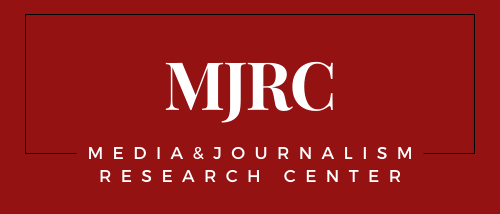Mexico’s Media Landscape: A Complex Interplay of Power, Money, and Technology
Mexico City, Mexico/Tallin, Estonia/ London, UK/Santiago de Compostela, Spain – A new study, released today by Media and Journalism Research Center (MJRC), sheds light on the multifaceted challenges and opportunities facing journalism in Mexico, highlighting the ongoing struggle for press freedom, financial sustainability, and the responsible use of technology.
The study, “Journalism in Mexico: Politics, Money, and Technology,” paints a picture of a media landscape dominated by a few powerful conglomerates, with Grupo Televisa and América Móvil holding significant sway over television and telecommunications, respectively. This concentration of ownership raises concerns about media pluralism and diversity of voices in the public sphere.
While the 2013 constitutional reform introduced positive changes, such as the creation of the Federal Institute of Telecommunications (IFT) and provisions for audience rights, implementation has been uneven. Industry resistance, regulatory gaps, and a lack of transparency in state advertising practices continue to pose obstacles to a truly free and independent media.
The report underscores the alarming levels of violence against journalists in Mexico, making it one of the world’s most dangerous countries for media professionals. The escalation of drug-related violence since 2006 has exacerbated the situation, with journalists often facing threats, intimidation, and even murder for their work.
Financial challenges loom large for the Mexican media industry, with traditional revenue streams like commercial advertising declining in the face of digital disruption. While state advertising provides a significant funding source, it often comes with strings attached, potentially influencing editorial decisions.
Technology presents a double-edged sword for journalism in Mexico. On the one hand, it has empowered investigative journalism and facilitated greater access to information. On the other hand, it has disrupted traditional media business models, leading to financial instability for local news outlets.
The study also highlights the increasing use of surveillance technology, particularly the Pegasus spyware, to monitor and intimidate journalists, activists, and political figures. These practices raise serious concerns about privacy and freedom of expression.
The proliferation of fake news and disinformation further complicate the media landscape, demanding a comprehensive approach from all stakeholders to promote information resilience and a healthy public sphere.
The study concludes by calling for a multisectoral approach to address the challenges facing Mexican journalism. Strengthening regulatory frameworks, ensuring the independence of the media, promoting digital literacy and public media, and bridging the digital divide are crucial steps towards a more democratic and vibrant media ecosystem.
The study consolidates findings from research conducted as part of the Media Influence Matrix, a project initiated by the MJRC in 2017.
Read the full study here.
See the Mexico Media Influence Matrix page here.
Support independent media research – your donation helps keep our work open.
Donate
